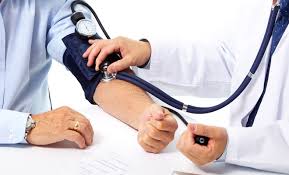
WORLD HYPERTENSION DAY (17 MAY)
Fast facts on hypertension
Here are some key points about hypertension.
- Hypertension is defined as blood pressure higher than 140 over 90 mmHg (millimeters of mercury).
- A diagnosis of hypertension may be made when one or both readings are high: systolic (the pressure as the heart pumps blood around the body), given first; or diastolic (pressure as the heart relaxes and refills with blood), given second.
- Modern lifestyle factors are responsible for a growing burden of hypertension: physical inactivity, salt-rich diets with processed and fatty foods, alcohol and tobacco use.
- High blood pressure can also be secondary to other conditions – kidney disease, for example and can be associated with some medications.
- Hypertension itself does not cause symptoms but in the long-term leads to complications caused by narrowing of blood vessels.
- Doctors diagnose high blood pressure over a number of visits using a sphygmomanometer, which involves applying an inflatable cuff to the upper arm.
- Lifestyle measures are used first to treat high blood pressure, including salt restriction and other dietary changes, moderation of alcohol, and stress reduction.
- One or more drugs from a number of different classes may be used for treatment.

